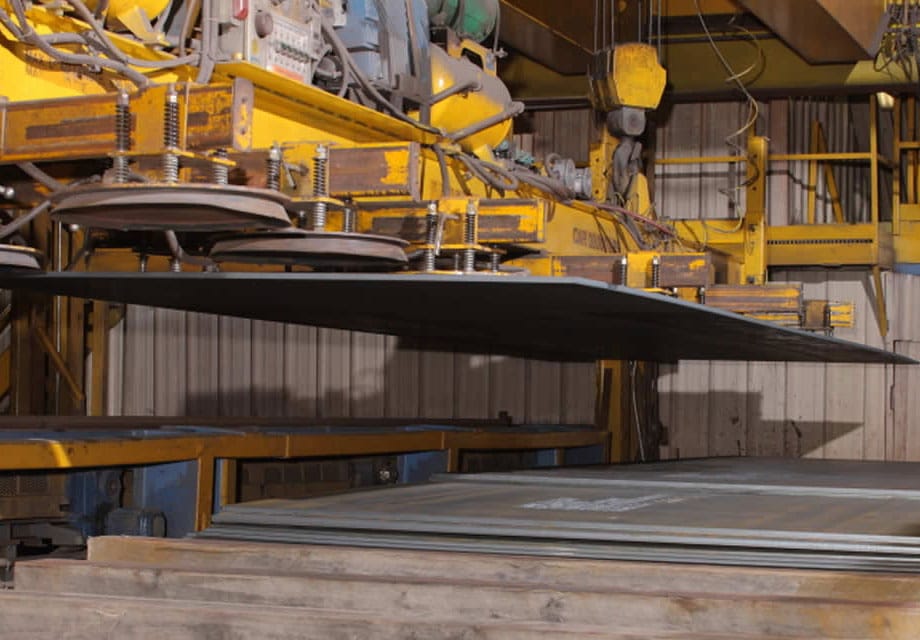Does a double-wall tank need secondary containment?
According to the US EPA and an EPA memo regarding use of alternative secondary containment measures, a double-wall tank will provide secondary containment when certain equipment is installed. Local Firecode will also have requirements for Secondary Containment Type Aboveground Tanks that also need to be followed.
How do FIREGUARD® and FLAMESHIELD® Tanks differ?
For a good comparison of these tanks, please read “SwRI Tests UL142 Double Wall AST,” published in Tank Talk in May 1999. Further, an explanation about Flameshield as it relates to various editions of the Model Fire Codes can be found here.
What is the R-Value of the insulation used in FIREGUARD® tanks?
The Fireguard insulation was tested per ASTM C201 and the resulting K (thermal conductivity) in BTU-in/hr-ft2–oF. The value of K varies by temperature. A chart of the values of K for various temperatures is available.
Does FIREGUARD® meet the California Air Resources Board (CARB) requirements?
STI/SPFA licensed FIREGUARD® tank passed the Standing Loss Control portion of the new CARB EVR (enhanced vapor recovery) certification requirement on October 3, 2008. The CARB issued an Executive Order for new installations and an Executive Order for existing installations.
CARB provided an advisory with an explanation of the EVR requirements.
Additional information is available about Executive Order G-70-162-A.
What are the set-back distances required by the fire codes for aboveground tanks?
Each local jurisdiction has its own fire code requirements. However, most jurisdictions reference one of the Model Fire Codes. Charts showing the set-back requirements for aboveground tanks used for motor vehicle dispensing per the most recent fire codes revision cycle are available.
Does FIREGUARD® comply with UL 2085?
A UL Certificate of Compliance was issued in 1998 and a UL Certificate of Compliance was issued in 2007. The 1998 Certificate refers to the fire codes at that time; the 2007 certificate references the updated fire codes. In addition, STI/SPFA has provided an explanation of the performance tests required by UL 2085.
Why are there so many different fire tests for tanks?
There are only a handful of Nationally Recognized Test Laboratories here in the US, with both UL and SwRI being among them. They are the only two test labs that both test and List storage tanks – UL and SwRI. As for the test standards, all three (SwRI 97-04, UL 2080 and UL 2085) have the exact same requirements for the fire test itself. The test is a 2000 degree furnace test for two hours (along with other aspects of the test spelled out in detail). What varies is the pass/fail criteria for each of these tests.
When NFPA first developed a definition for a fire resistant tank, they believed that at the end of the test, the tank simply needed to serve its basic function. They felt it was critical that the tank continued holding its product, that the supports continued to support the tank and that the emergency vent continued to operate. To meet this criterion it was not necessary for the interior of the tank to remain below a specified temperature. UFC took a much different approach which is what the Fireguard tank is based on. UL 2080 was developed by UL alone based on their own criteria.
What are the requirements for venting and emergency venting for tanks?
Tank venting is a complex subject that relies on the expertise of tank and vent manufacturers, testing laboratories, mechanical engineers who may be charged with designing vent piping extensions, product specialists who must be familiar with the properties of stored liquids, and the local authority having jurisdiction who is charged with interpretation and enforcement of code requirements. Accordingly, the answers offered in “Fire Code Requirements for Venting of Flammable and Combustible Liquid Storage Tanks: Common Questions and Answers” written by Jeff Shapiro, PE and FSFPE of International Code Consultants answer some of these questions. The answers are general in nature and should not be used in the absence of qualified experts responsible for overseeing the design and installation of tank vents.
Will a FIREGUARD® tank meet the furnace test requirements for a Protected Tank if the test is extended from 2 hours to 4 hours?
During the furnace test performed by UL at their facility for the Performance Testing required by UL 2085 for Protected Tanks, the test duration was extended from 2 hours to 4 hours. UL provided a letter regarding this testing. See this letter from UL regarding this testing. Please note this data refers to tanks with 6 inches of insulation (rather than 3 inches).


